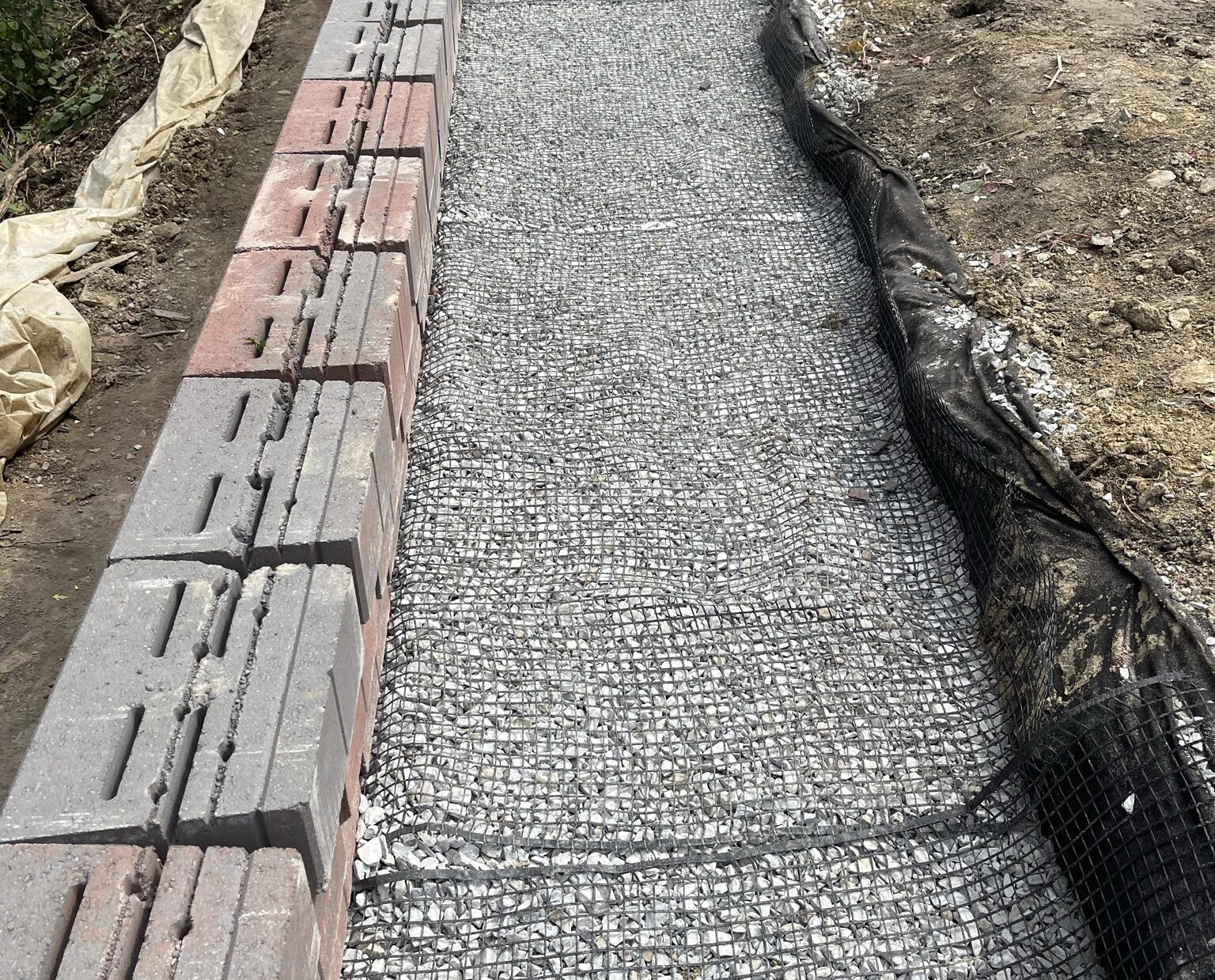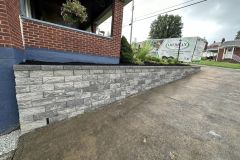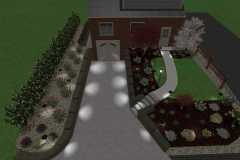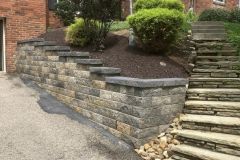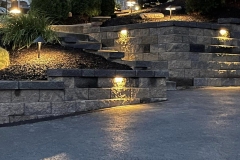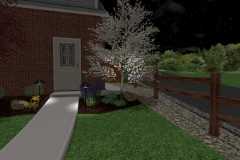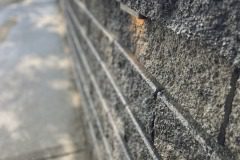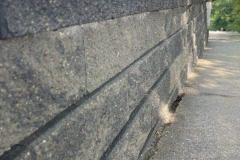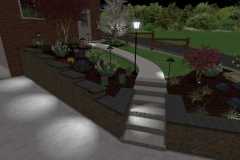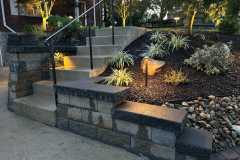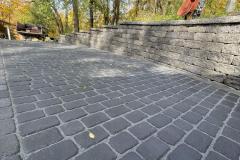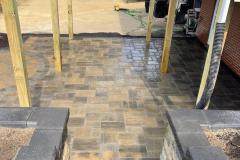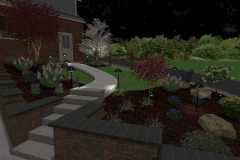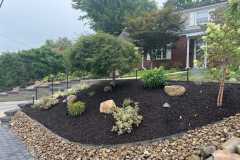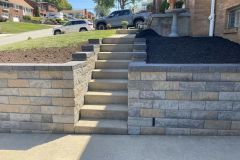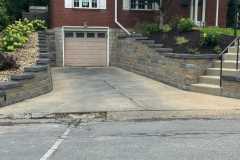Retaining walls play an important role in landscaping and construction projects in Pittsburgh, but not all retaining walls are created equal. One key component in the construction of strong and durable retaining walls is the use of geo-grid. In this blog post, we will explore the importance of using geo-grid in retaining walls in Pittsburgh and how it can improve the stability and longevity of these structures. We will also discuss the benefits of using geo-grid, the different types of geo-grid available and how to properly install it.
The Importance of Retaining Walls in Pittsburgh
Retaining walls are an important aspect of landscaping and construction projects in Pittsburgh. These structures are used to hold back soil and prevent erosion, while also creating flat, usable space. Retaining walls can be used in a variety of applications, such as landscaping, construction, and infrastructure projects, and they are essential in areas where there is a significant difference in elevation.
The Benefits of Using Geo-grid in Retaining Walls
Geo-grid is a type of geosynthetic material that is used to reinforce retaining walls. It is made from a strong, durable plastic material that is designed to withstand the weight of soil and water. When used in retaining walls, geo-grid can significantly improve the stability and longevity of these structures. By providing additional support to the soil behind the wall, geo-grid helps to prevent failure and collapse. Additionally, geo-grid can also help to reduce the amount of material needed for a retaining wall, which can save on construction costs.
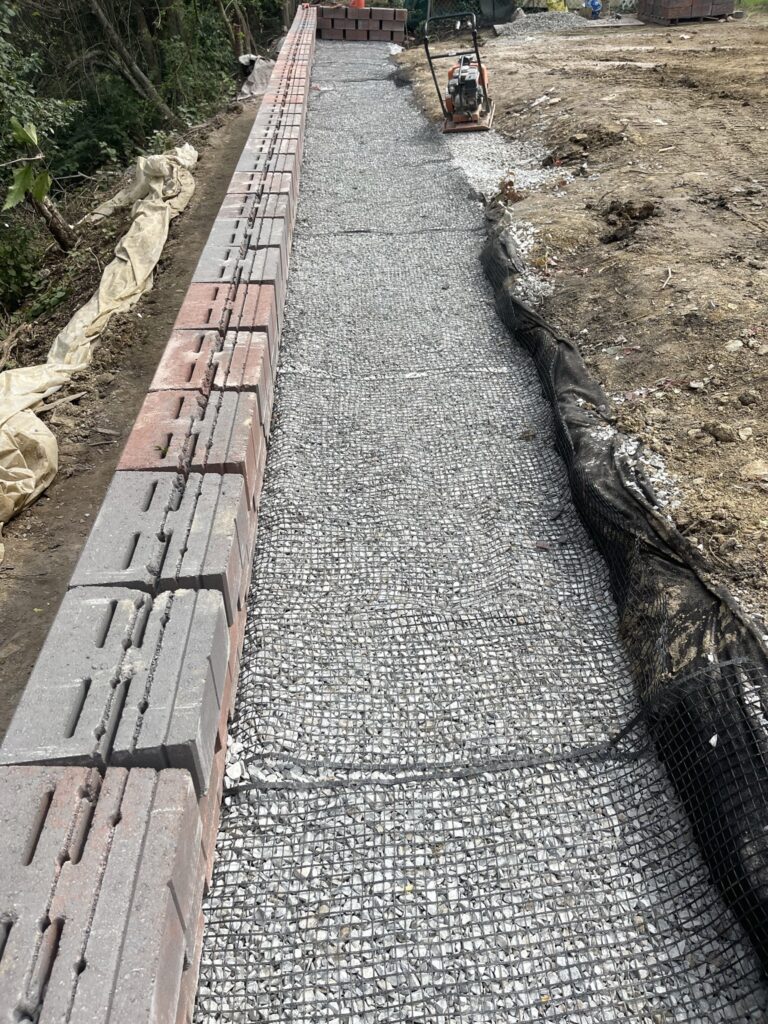
Types of Geo-grid Available
There are several different types of geo-grid available, each with its own unique properties and benefits. Biaxial geo-grid is a type of material that is designed for use in walls that are not heavily loaded. It is made from a strong, durable plastic material that is designed to provide additional support to the soil behind the wall. Multi-axial geo-grid is a type of material that is designed for use in walls that are heavily loaded. It is made from a strong, durable plastic material that is designed to provide additional support to the soil behind the wall. Additionally, uniaxial geo-grid is a type of material that is designed to provide reinforcement to retaining walls.
How to Properly Install Geo-grid
Properly installing geo-grid in a retaining wall is crucial to ensure that the wall is stable and durable. First, the area where the retaining wall will be built must be excavated to a depth that is appropriate for the height of the wall. Next, a layer of crushed stone or gravel is placed at the bottom of the excavation to provide drainage and to serve as a base for the geo-grid. The geo-grid is then laid on top of the crushed stone or gravel, and is secured in place with stakes or other means of attachment. Once the geo-grid is in place, a layer of soil is placed on top of it and compacted. The wall is then built on top of this soil layer, using the appropriate materials such as concrete, brick, or natural stone. It is important to note that the installation of geo-grid in retaining walls must be done by a professional or an engineer to ensure the stability and longevity of the wall.
Geo-Grid in Retaining Walls in Pittsburgh
In conclusion, using geo-grid in retaining walls in Pittsburgh is an important aspect of building strong and durable retaining walls. The benefits of using geo-grid include improved stability and longevity, cost savings, and increased safety. American GroundsKeeping is capable of doing geo-grid in retaining walls and has the knowledge, experience, and resources to ensure that your retaining walls are constructed properly and will last for years to come. Proper installation and maintenance of retaining walls are crucial to ensure that they will continue to perform as they should and the use of geo-grid is a key component to achieve this.

